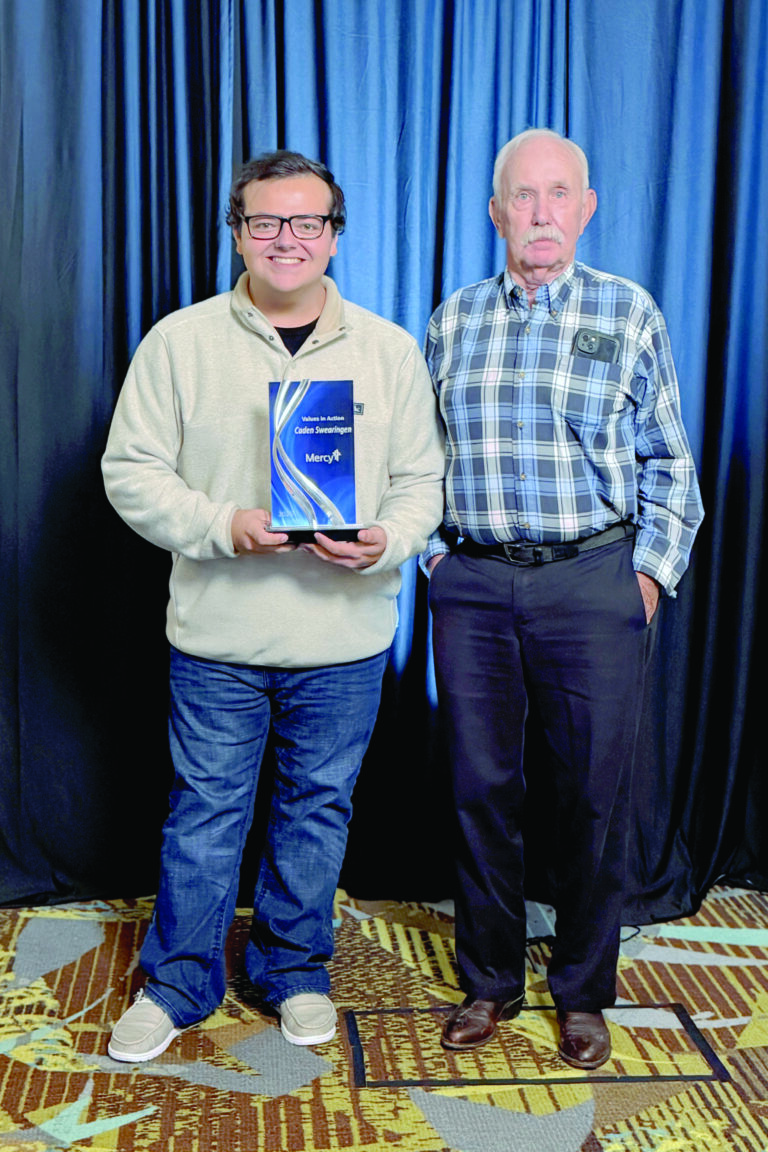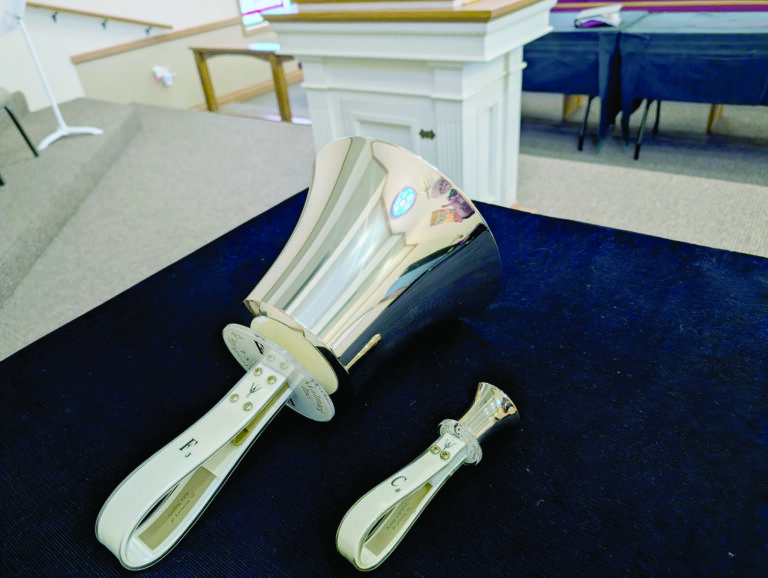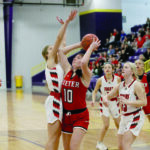Golden Pioneer Museum open for season
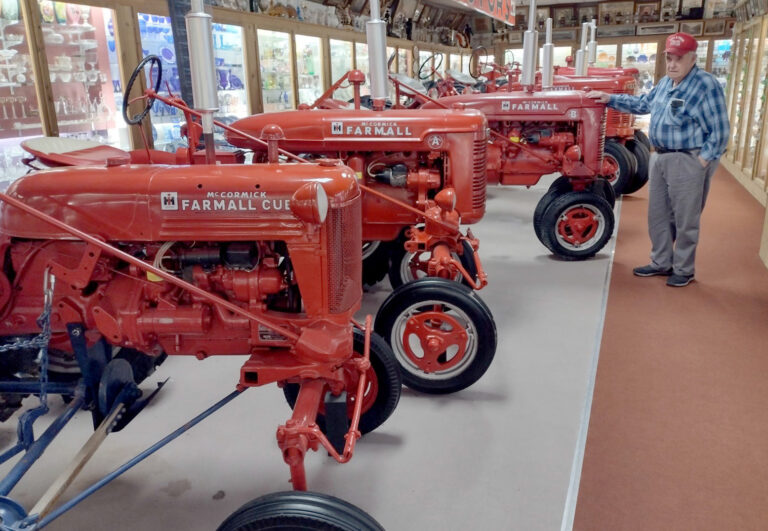
Winfred Prier, owner of Ball & Prier Tire in Golden, made a 56-year career out of tire sales until his retirement some 10 years ago.
However, the Golden Pioneer Museum, which he also owns, was in the works long before he began selling tires, even though he didn’t realize it at the time.
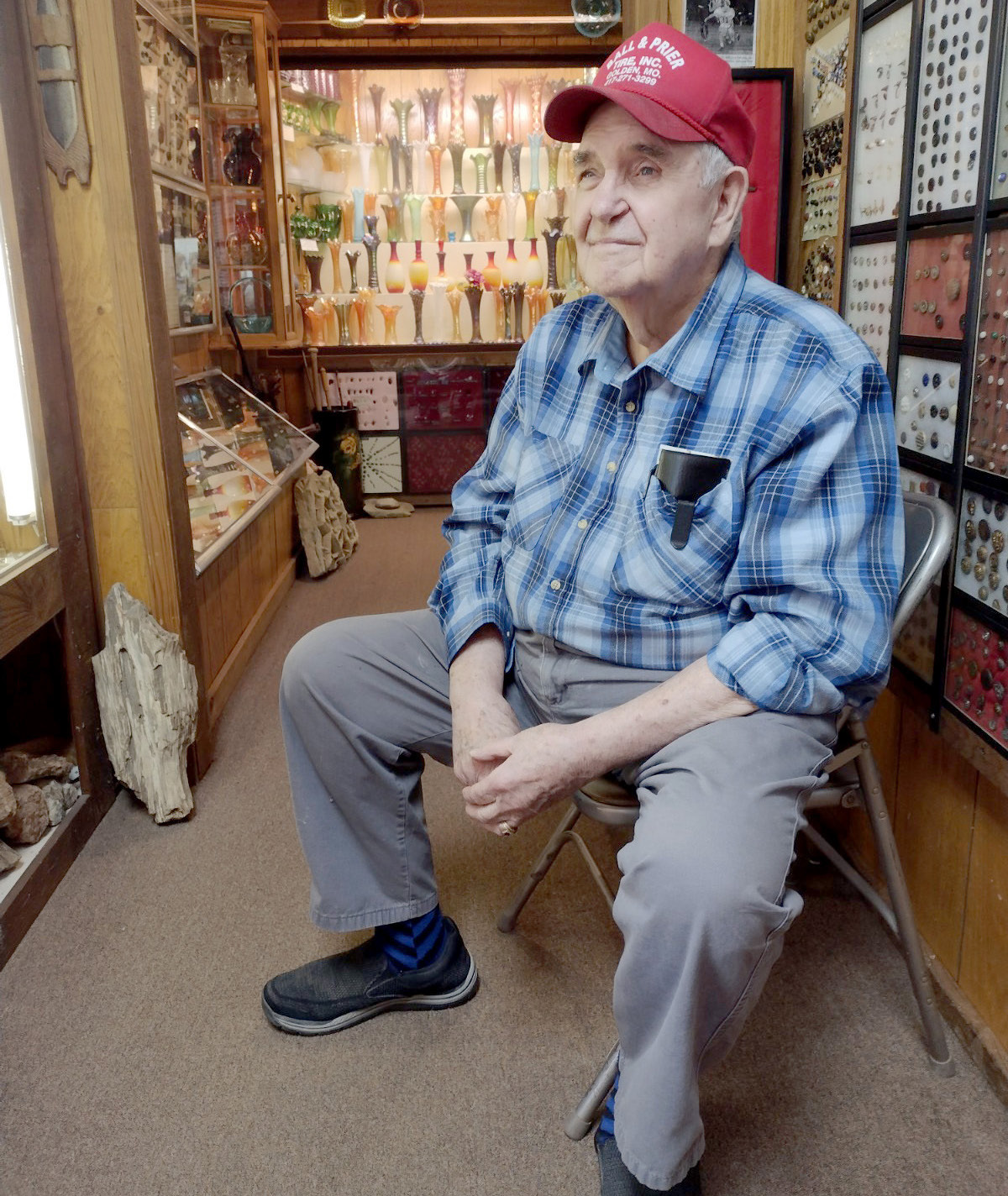
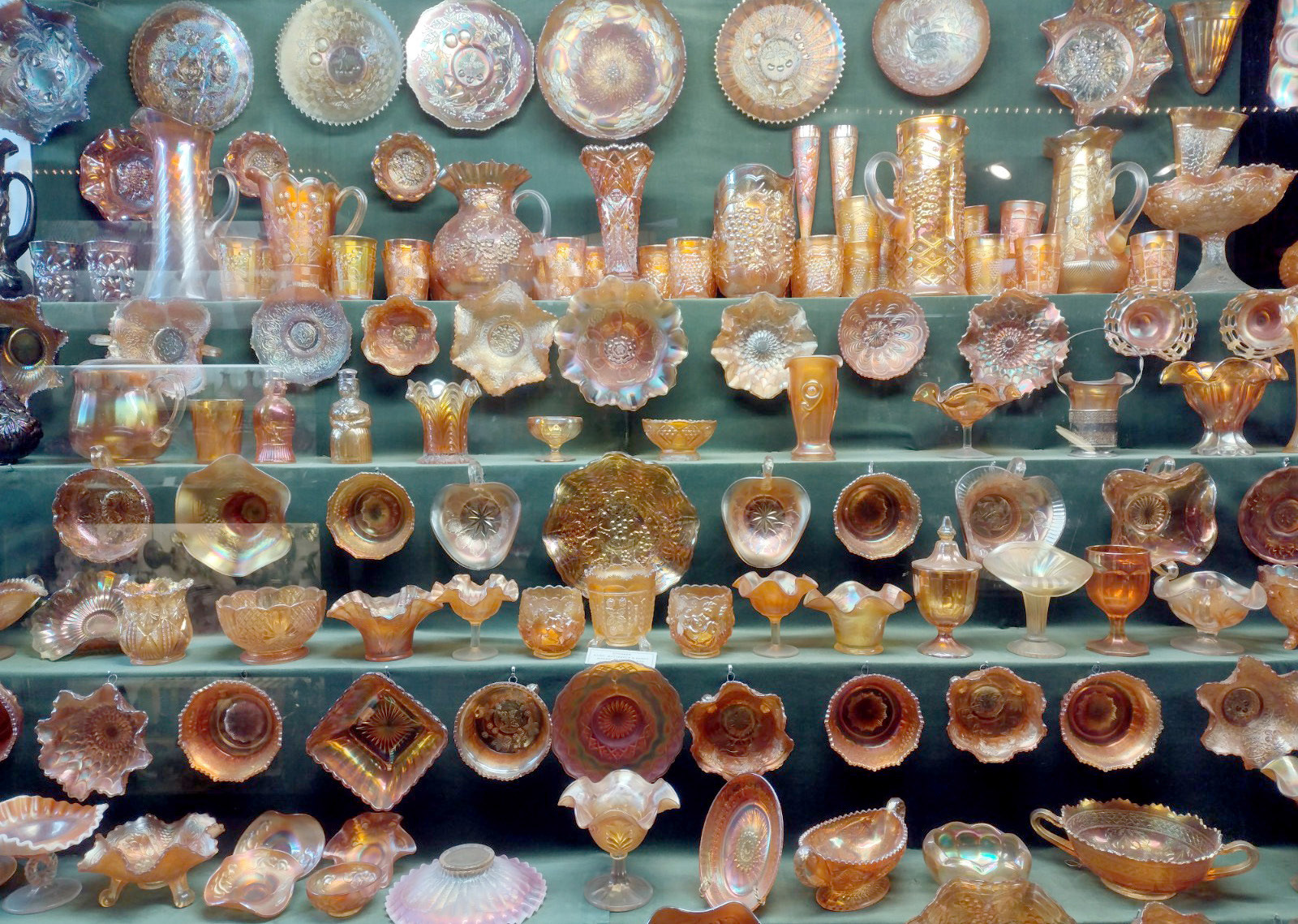
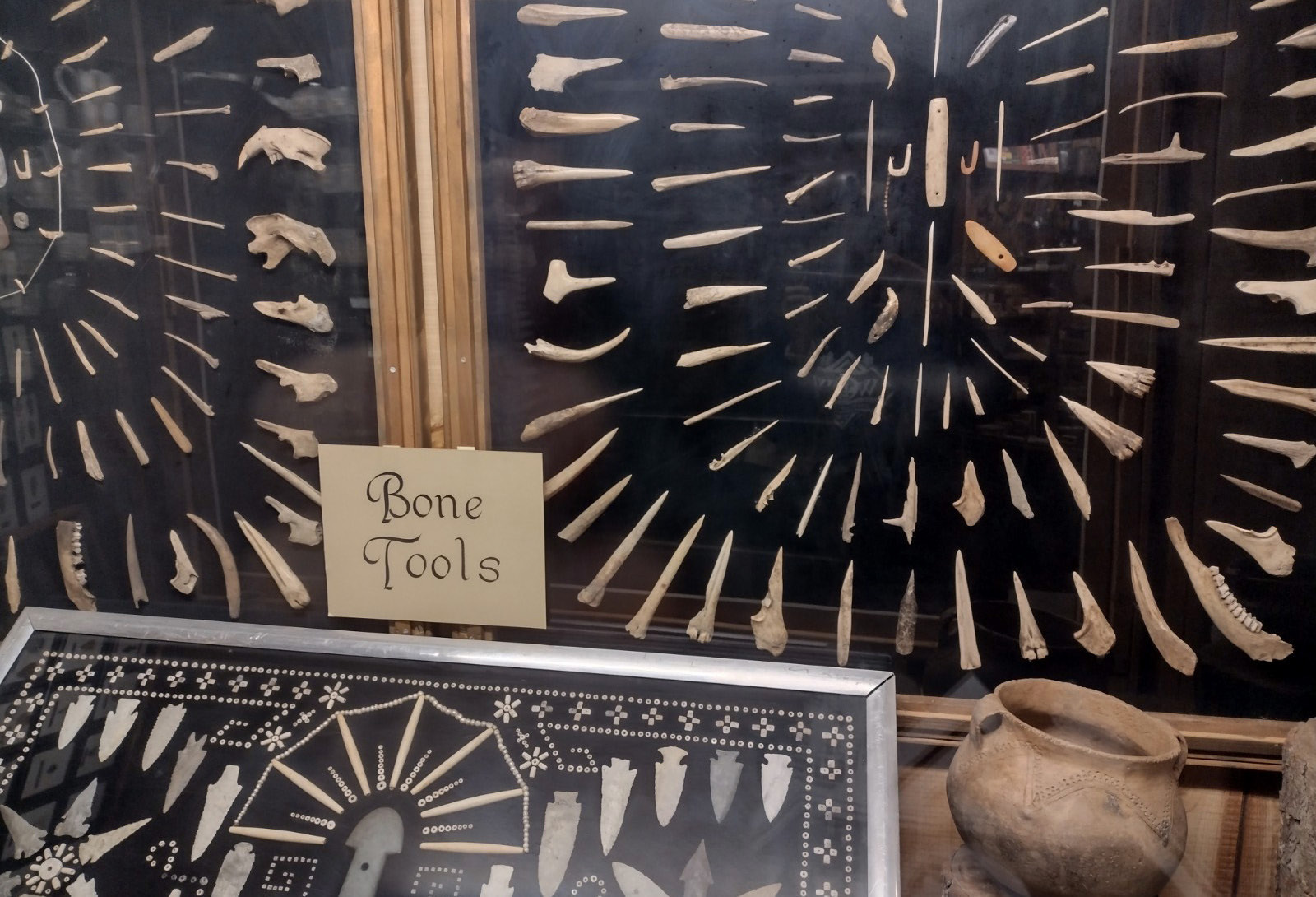
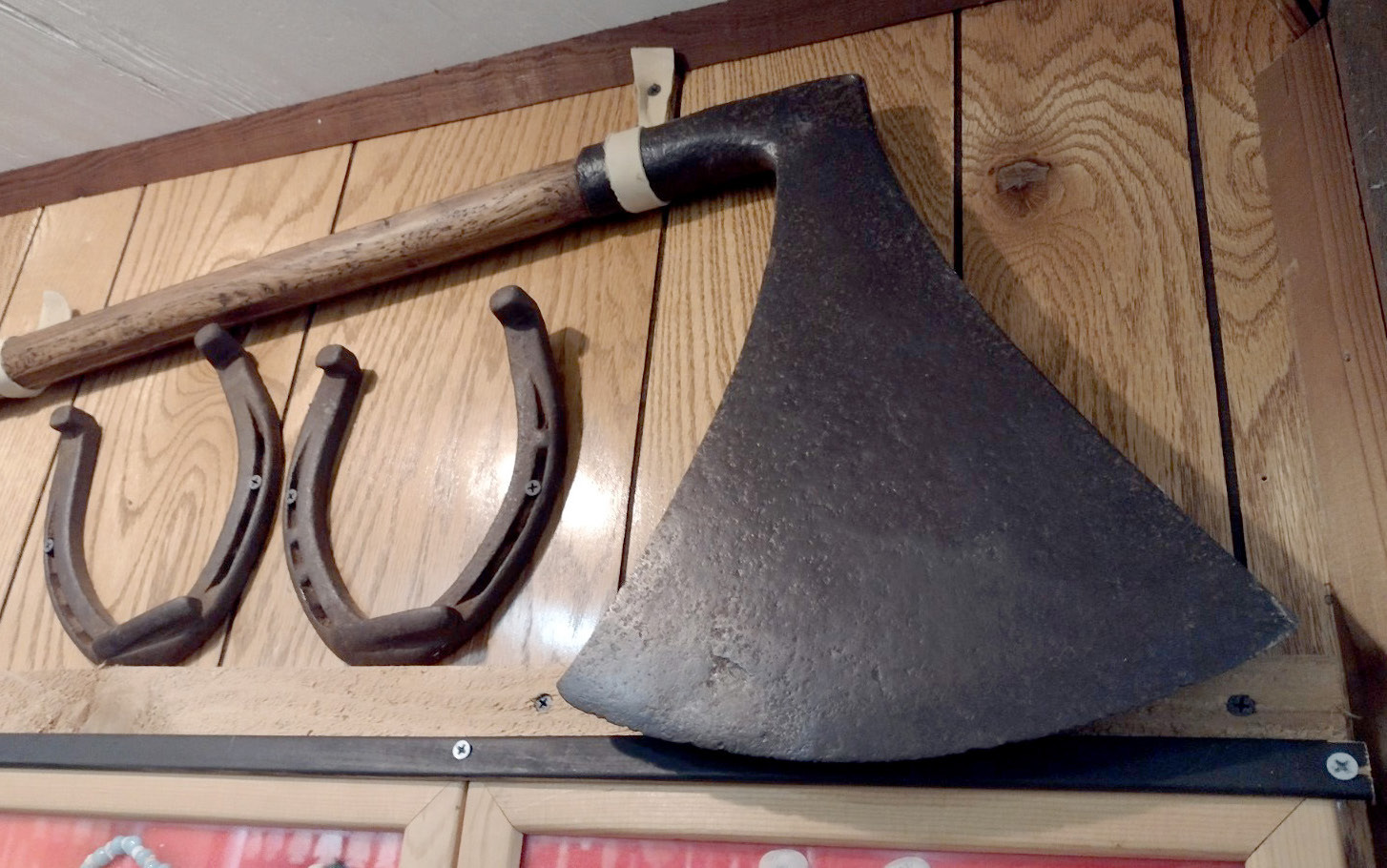
Prier said he’s been collecting things for as long as he can remember.
“Funny books were my favorites when I was young,” he said. “I must have had seven or eight thousand of them by the time I graduated from high school,” he said.
A Barry County native, Prior was born in Eagle Rock and graduated from Purdy High School in 1954.
“I’m not sure what happened to all of my funny books after I left home,” he said. “I do know that I recently saw an old Donald Duck funny book – just like one I had – that sold for $10,000.”
Prior doesn’t know what happened to the Straight Arrow cards he collected when he was young either, although he does remember eagerly ripping into multiple boxes of Nabisco Shredded Wheat to harvest the cards from them.
Printed and inserted into Nabisco Shredded Wheat from 1949 – 1952, the cards featured tips for outdoor survival from a fictional Native American boy named Straight Arrow.
“When I started collecting the cards, it created a big run on shredded wheat at the store,” Prier said. “I’d buy a box, open it, grab the cards out, then throw the box full of shredded wheat behind an old counter in a storage barn at home. I bet I threw 30 or 40 boxes of cereal back there.
“One day, though, I was sure I was going to be in trouble. Dad wanted me to help him move that counter, and I wasn’t sure how I was going to explain the boxes of shredded wheat behind it. Turns out, I didn’t have anything to worry about. After we moved the counter, I discovered that mice had eaten every last bit of the cereal and had even chewed up the boxes for their nests.”
After getting married, Prier’s interest, along with his wife Lee Ona’s, turned to collecting glassware.
“People started calling me asking me if I’d be interested in buying their collections,” Prier said. “Or, someone would tell me about someone else who had a nice collection for sale, and I would track down that person and make a deal with them.”
One of his most memorable collections, Prier said, was over 1,000 pieces of Carnival glass that he bought from a woman in Louisiana.
“When I went down there to pick it up, she started crying as I began packing it,” Prier said. “I knew I couldn’t go through with the purchase. ‘I’m not taking these dishes away with you upset,’ I told her. ‘Just let me know when you really want to get rid of them.’” Two years later, Prier said, the woman called him back and told him she was ready to sell.
Before he built the museum, Prier said he had somewhere between 50 and 100 boxes of glassware stored in his attic.
“When I noticed the ceiling starting to give way, I knew I had to do something,” he said. “A friend who made products out of cedar approached me about opening a place for him to display and sell his products. That’s when the idea for a museum was born. I built the museum, and Murray Carmichael and his wife Norma ran it for 10 or 12 years, before they moved to Branson.”
Florence Howerton is now the museum’s curator.
While the initial construction of the museum was in progress, Prier had the opportunity to purchase the Native American and mineral collections from the Trail of Tears Museum in Huntsville, Ark.
“It was in November,” Prier said. “If I wanted to buy the collections, I’d have to have everything out of their building by the end of December, they told me.
“It took twenty trips to Huntsville and back with me and several other men, but we got it all moved,” Prier said. “The only problem was, we didn’t have a place to put everything when we got it here, so we had to add on to the size of the building that was already under construction.”
That addition was the first of three more to follow.
“We had to build one addition around a collection of six Farmall tractors I bought from a man in Texas,” Prier said.
The museum has been open now for 26 or 27 years, Prier said. It’s a number he’s lost track of, although he’s never forgotten the story behind each of his acquisitions.
The Golden Pioneer Museum now houses more than 100 collections, said Prier, a number which includes some of the largest collections of Native American artifacts, minerals and glassware in the region. His variety of smaller collections are no less unusual and include the likes of 50-year-old school lunch boxes, Big Little Books, antique guns and many more. His latest acquisition, a Nascar collection, boasts well over 300 pieces.
Prier said he has no favorites.
“I like them all,” he said, as he singled out a collection of 86 cut-glass punch bowl sets for attention.
A beheading axe from the 17th Century also gained a nod in its favor.
“I had to buy 16 axes to get that one beheader,” Prier said.
Prier said people still call him, wanting to sell him their collections.
“I wish I had more room to display them,” he said. “But, Lee Ona told me we’re not building on again.”
The Golden Pioneer Museum is located at the junction of Highways 86 and J in Golden. The museum opens for the season on April 11. There is no charge for admission.
Hours of operation are Tuesday through Saturday, from 10:30 a.m. to 4:30 p.m. For information, call 417-271-3300.


